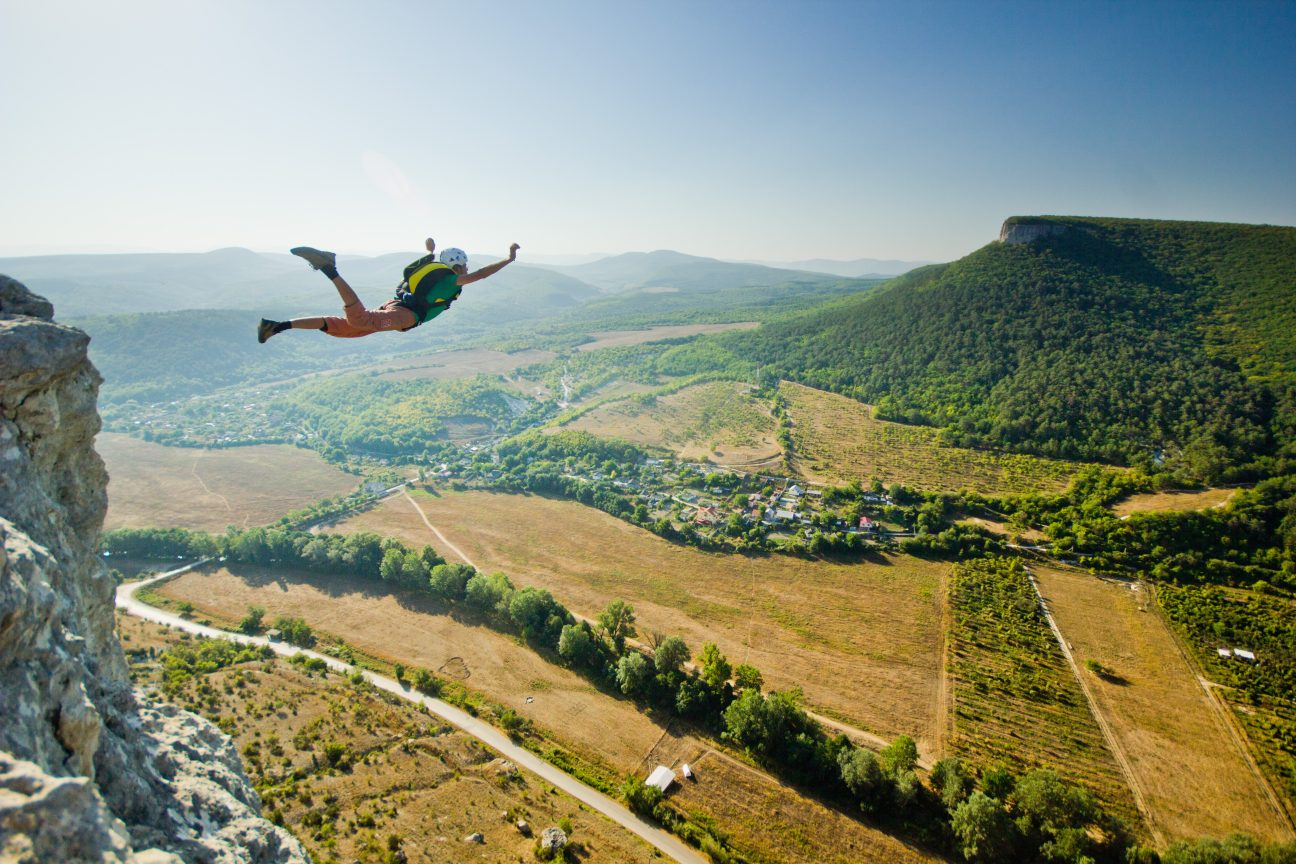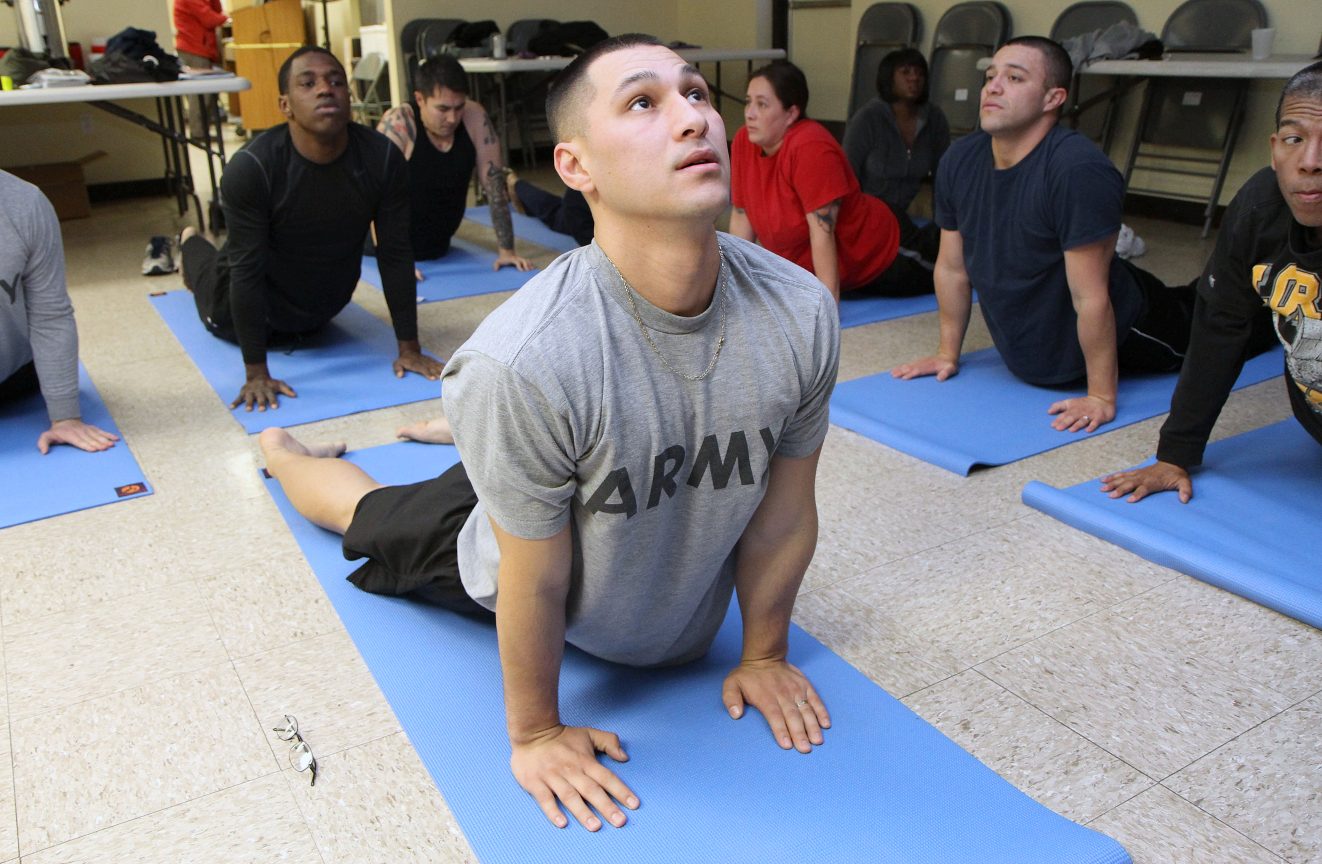Our overworked society has created a bunch of adrenaline junkies

- The popular perception is that we must always be working to succeed.
- But we’re more productive after we’ve rested and more creative while chilling out.
- You tap into the power of calm by taking days off and developing restful habits.
Maybe this sounds familiar? You start the day with one to several cups of coffee, each kick-starting your body to secrete a dose of stress hormones. You then spend the next eight-plus hours over-scheduled, overworked, and procrastinating. The workload causes you to become even more stressed — which you experience as manic, jittery energy.
It’s hormonal hit after hormonal hit until you collapse into bed, mere fumes of your morning self. Except you don’t even stop then, but stay up too late on a stimulating drip-feed of news, TV, and social media content.
In short, we’ve become a population of adrenaline junkies, and this daily cycle isn’t unique to Americans. It can be found in cultures the world over.
According to Emma Seppälä, associate director of the Center for Compassion and Altruism Research and Education, this dependency arises not from genuine need but a misconception. Namely, “to be successful, [you] have to be stressed. Anxiety is the price you pay to get things done and to achieve your goals.” But achievement isn’t the windfall of chronic stress. Unsurprisingly, the actual consequences are anxiety, burnout, and a plethora of physical and mental ills.
So, how do we materialize achievement in our lives? We tap into the power of calm.

The “rest-and-digest” system
The reason high levels of stress corrode your well-being is that they trigger your body’s sympathetic nervous system. When activated, this system signals that you’re in an emergency. Sit up, pay attention — this is not a drill. Your central nervous system then releases adrenaline to excite you. Your heart rate rouses, your muscles tense up, and your breathing becomes shallow and quick.
In short bursts, this is no big deal. It can even be beneficial in an emergency when you need to act quickly to avoid injury — the classic case for the fight-or-flight response.
But when your sympathetic nervous system stays active for, say, an entire workweek, it puts immense pressure on you. As Seppälä notes, “[S]tress maintained over long periods wears and tears not only on our body but also in our mind, our attention, and our memory.”
If you remain focused all the time — constantly doing, doing, doing — you’re not allowing yourself into that mode that will actually lead to the greatest creativity that you have
~ Emma Seppälä
Thankfully, your body comes with a counterpart to the sympathetic nervous system. It’s called the parasympathetic nervous system. Together, they are two halves of the autonomic nervous system, which wires your body to your brain so it can direct various bodily functions.
This other half triggers your “rest-and-digest response.” It signals that things are a-okay. Sit down, relax — it’s business as usual. That in turn curbs the flow of stress hormones, which you experience as a restful calm. Your heart rate lowers, your muscles ease, and your breathing becomes steady and deep. (Oh, it also stimulates food digestion and bladder contractions. Hence the “digest” part of the name.)
The power of calm
To better control your stressful highs, you need to strengthen your body’s rest-and-digest response.
“If we learned to naturally strengthen our parasympathetic nervous system, that rest-and-digest response, then we can start to approach our life with much greater resilience and be able to come down from stressful events much more quickly so we can restore our bodies and minds,” Seppälä said.
Think of it like exercise. If you trained all day every day, the strain of constant activity would break you. That’s why professional athletes build short- and long-term recovery into their routines. Rest days allow the body to heal, making it stronger and more resilient. If stress is analogous to exercise, then the power of calm represents rest days. It isn’t a hedonistic pleasure, but a means to grow mentally stronger and more resilient
Seppälä also notes that calm is an essential element for goal-setting, creativity, and problem-solving.
Despite the storytelling cliché, creative ideas don’t burst forth from frantic, all-night crunch sessions. Research on creativity shows that our greatest insights and breakthroughs come when our brains are swimming in slow brain waves, such as the alpha and delta varieties. These waves are most prominent when we are sleeping, relaxing, and generally tuning out.
“So if you remain focused all the time — constantly doing, doing, doing — you’re not allowing yourself into that mode that will actually lead to the greatest creativity that you have,” Seppälä said.

Your daily does of calm (in three steps)
The first step to creating moments of calm is to take days off. Savor your weekends and schedule your allotted vacation days. All of them.
The second step is to protect your rest time as best you can. Don’t be coaxed into working on your days off — even just to “check-in.” Research shows that setting firm boundaries around work helps reduce stress and mental exhaustion.
And because the workweek can be plenty stressful on its own, the third step is to introduce moments of calm into your daily routine. Seppälä has two recommendations here: energy management and breathing exercises.
Energy management is time management with a twist. Instead of scheduling your day around hour blocks, you schedule it around your daily allotment of energy and enthusiasm. Slate your most important tasks for when you have both in abundance. For most people, this will be in the morning hours (but everyone’s chronotype is unique). Then protect that time from meetings, interruptions, and less important tasks. You can also try alternating your schedule between cognitively demanding tasks and less rigorous ones.
If you feel stress coming on, then use a breathing exercise. Recall that a symptom of the fight-or-flight response is shallow, speedy breathing. By consciously slowing the breath down, you indicate to your body that it’s not an actual emergency, and your parasympathetic nervous system takes over.
Seppälä’s work with veterans has shown that breathing techniques can help those with PTSD better regulate their mental state. Here’s a breathing exercise she has found effective:
- Place your right index and middle finger between your eyebrows.
- Place your thumb on your right nostril and your ring finger on your left nostril.
- Take a deep breath in and close your eyes.
- Close your right nostril with your thumb and exhale on the left.
- Inhale on the left side.
- Close the left nostril with your ring finger and exhale on the right.
- Inhale on the right side.
- Close your right nostril with your thumb and exhale on the left.
- Continue switching after each inhale, taking long, deep, slow breaths.
Do this for about five minutes to calm down. If this breathing exercise doesn’t work for you, you can find others online or try a different exercise, such as walking in nature.
Of course, the irony of calm is that what seems simple and easy can be very difficult, especially if you’re caught in the adrenaline-junkie loop. It may take some major adjustments to get there, but don’t give up. By discovering and protecting your sources of calm, you’ll see that it’s not an excuse for laziness. It’s a catalyst to a happier and more productive self.
As Seppälä said, “If you’re able to have more energy throughout the day, you won’t be as exhausted. And it will be less difficult to get things done — the things that you want to get done.”
Learn more on Big Think+
With a diverse library of lessons from the world’s biggest thinkers, Big Think+ helps businesses get smarter, faster. To access Emma Seppälä’s lessons for your organization, request a demo.





